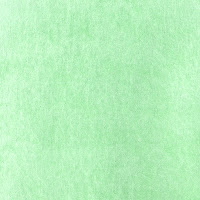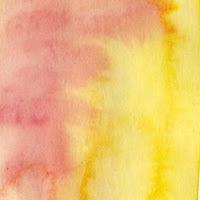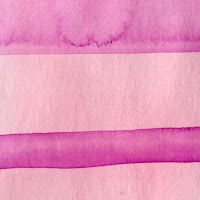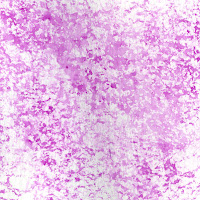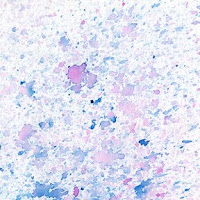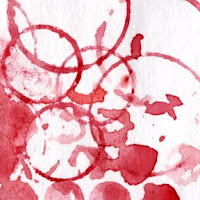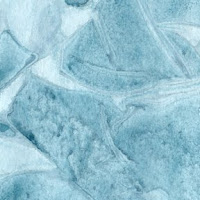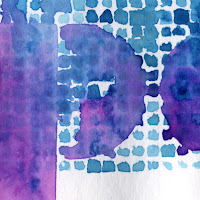First of all, no product is perfect, but by simply following some simple steps, you can increase the chances that the fodder will stay in the journal. It is amazing how many people simple spread a little glue and slap it in. No wonder so many people have stuff falling out.
We use primarily UHU Glue Stics to glue in the majority of our fodder. These are high quality, acid-free glue sticks. We occasionally use gel medium and Yes Paste to glue in more difficult items.
Here are some steps to gluing in fodder.
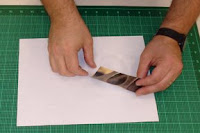
 3. Spread glue on the back of the collage piece. Spread the glue right off the edge of the collage piece onto the scrap paper. Press firmly with the glue stick and spread glue over the entire back. Sometimes the paper will curl a bit. Allowing the glue to dry on the scrap paper allows you to reuse the paper again and again giving you dedicated glue papers.
3. Spread glue on the back of the collage piece. Spread the glue right off the edge of the collage piece onto the scrap paper. Press firmly with the glue stick and spread glue over the entire back. Sometimes the paper will curl a bit. Allowing the glue to dry on the scrap paper allows you to reuse the paper again and again giving you dedicated glue papers.
 4. Place the glued fodder into the journal. You can reposition the piece if needed.
4. Place the glued fodder into the journal. You can reposition the piece if needed.
 5. Rub the glued piece with your hand for about a minute to make certain that it is well adhered. You may want to place another scrap of paper over the piece in case glue oozes out.
5. Rub the glued piece with your hand for about a minute to make certain that it is well adhered. You may want to place another scrap of paper over the piece in case glue oozes out.
As you glue more fodder into the journal, it will get considerably thicker and heavier. Often you need to reinforce the binding so that the journal does not fall apart.
































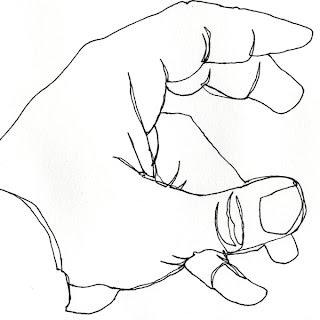
 Modified Contours
Modified Contours









